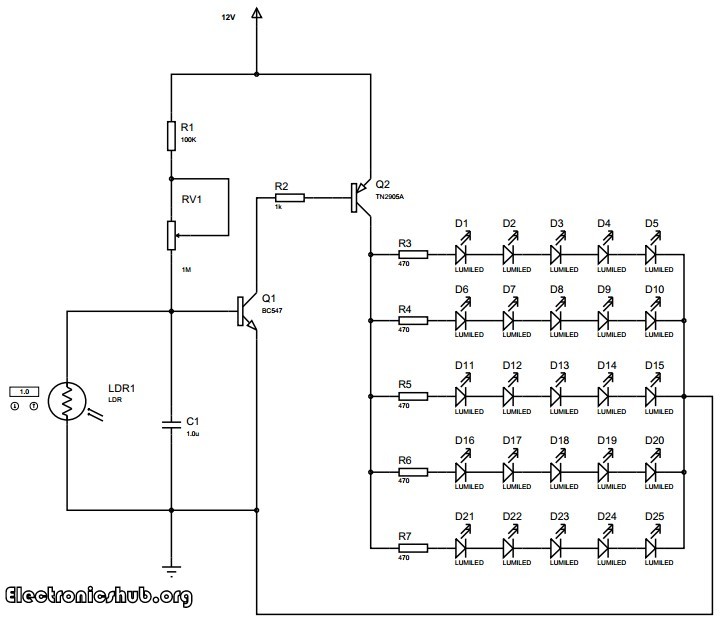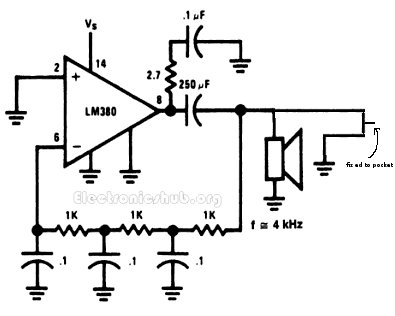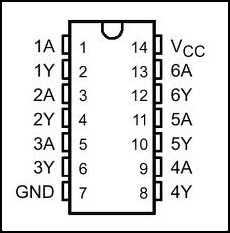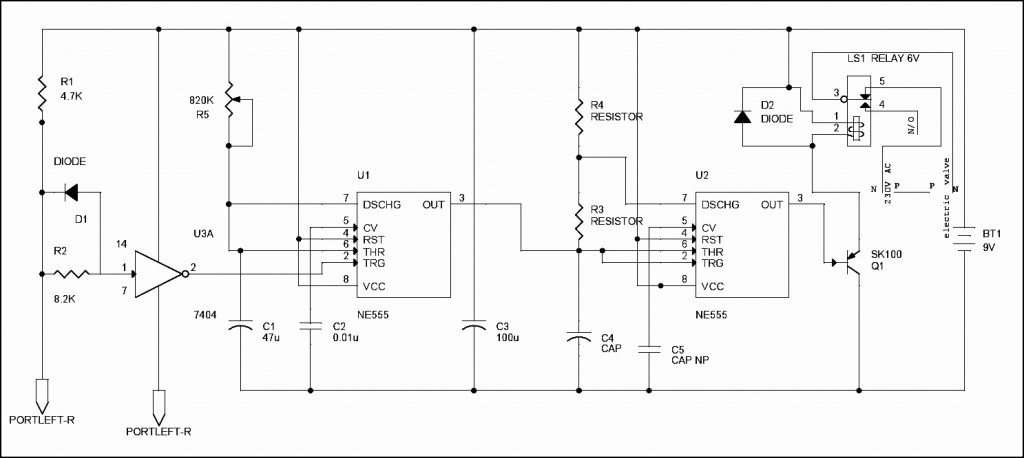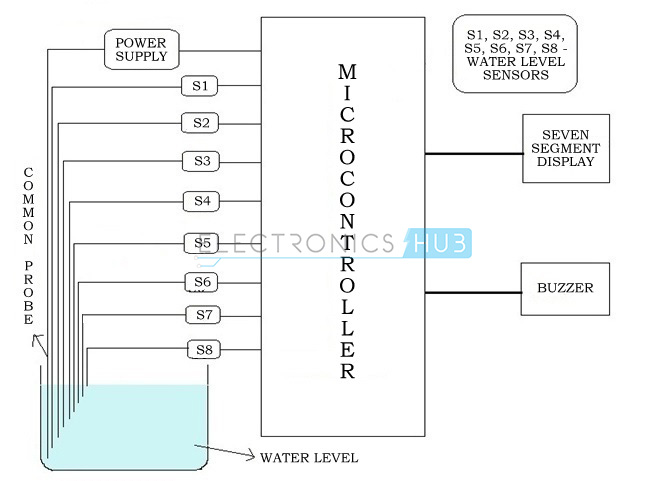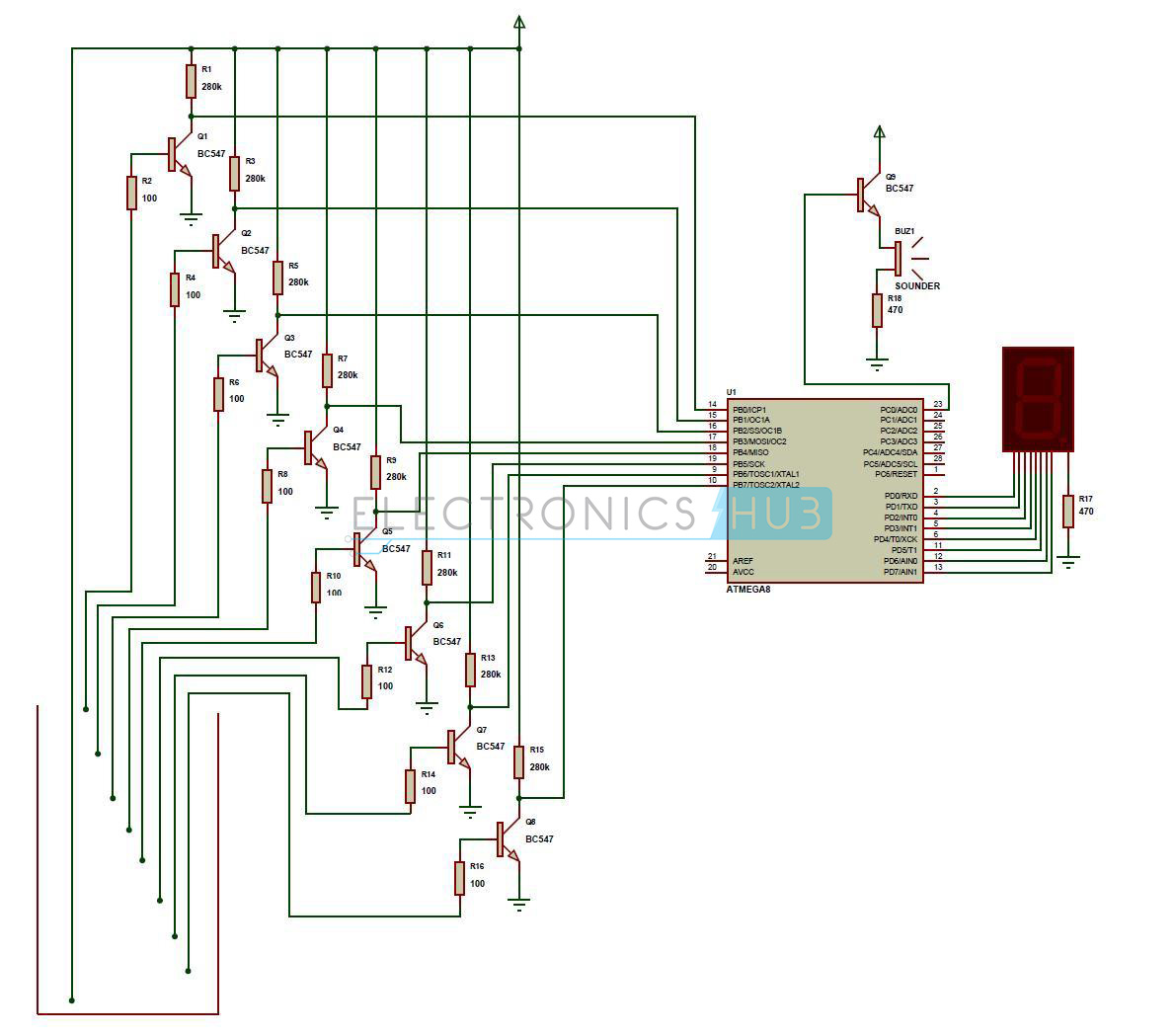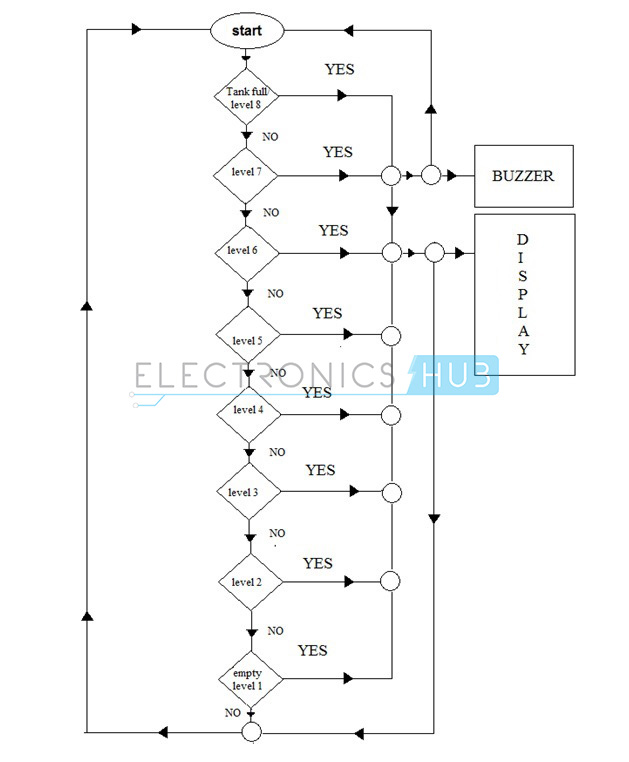In this project, we will have a look at
Control Of Environmental Parameters In A Green House. Agriculture is the
source of food supply in the world. So, proper care has to be taken for
improving the yield with minimum usage of the available resources such as
water, energy etc. The project focuses on the development in the
agricultural sector with minimum water usage and the excellent
utilization of the solar energy.The
main parameters of agriculture are rain,temperature,wind and soil
moisture which are found with the of sensors. The output of these
sensors are send to the PIC through RF module. The PIC in turn activates
the control unit. The control unit consist of exhaust fan, valve and
shield. The following are the operations taking place
- When rain is detected by the rain sensor, shield is activated to cover the field.
- The temperature is displayed on the LCD screen with the help of temperature sensor. As the temperature exceeds the threshold value, the exhaust fans are activated. Moisture sensor help to measure the moisture level. If the moisture is low, valve is opened so that water flows through the valve in to the field.
- Anemometer is used to detect the speed of the wind. The flaps of the window which is placed across the field is rotated depending on the wind speed.
- Solar cells placed on solar tracker is used to obtain efficient solar energy. These energy is used to power the sensors.
For the large rural distract, the
greenhouse production has become a way of being rich. The growth of crop
in greenhouse depends on temperature, humidity, wind and other
parameters in greenhouse. So it is important to properly measure and
adjust the temperature, humidity and other parameters in the greenhouse.
The wireless monitoring system is developed, which based on wireless
communication technology, does not need cables, adds or reduces
configuration at random, possess simple system construction. A
greenhouse environment parameters monitoring system based on wireless
communication technology has been developed, which realizes the
measurement, summary and control of temperature, humidity and the other
parameters. To give more Importance to conservation of energy, solar
energy is used. To increase the efficiency of the solar panel, sun
tracker is also designed.
After many survey and research we finally ended up in doing a project in
agricultural sector. To make the irrigation simpler we planned of
controlling several environmental parameters. Thus the title to our
project was given as 'Control of Environmental parameters in
Greenhouse'. The base papers that suits our project were 'Wireless
measurement and controlling of Environmental parameters' and 'Remote
Sensing and Control of an Irrigation System Using a Distributed Wireless
Sensor Network'. In addition to the above, we planned of utilizing a
conventional source of energy as a part of conservation of energy.
Several sensors were introduced like rain sensor, temperature sensor and
soil humidity sensor since rain, temperature and soil water content are
the most important parameters in irrigation system. The description of
the above mentioned sensors are as follows:
1. Soil moisture sensor: For proper
cultivation of crops, proper check on soil moisture has to be monitored
continuously .The idea about soil moisture sensor was available
from the webpage
'http://blog.makezine.com/2009/03/04/nocost-soil-moisture-sensor'.
According to the web page, it says that if two nail when dipped in
plaster of Paris and separated by a fixed distance can act as a soil
moisture sensor. The principle of operation was that the resistance of a
porous block is proportional to its water content. Thus, wetter the
block, lower is the resistance measured across the two embedded
electrodes. Thus soil moisture was able to design.
2. Rain sensor: The idea about the rain
sensor was available from web page
'http://www.nationalstemcentre.org/CEM5.pdf'.' In the web page, it says
that a simple PCB using etching process can be used as a rain sensor. It
is the cheapest form of rain sensor.
3. Temperature sensor: Too much
temperature can fade away the crops. In order to avoid the above, we
thought of introducing a temperature sensor. The idea about temperature
sensor was available from web page 'http://www.engineersgarage.com'
electronic-components/lm35-sensor data sheet. In the web page, LM35 is
used as the temperature sensor. The features of LM35 are
- Sensor gain of 10mV/C
- Temperature range of 0-100V
